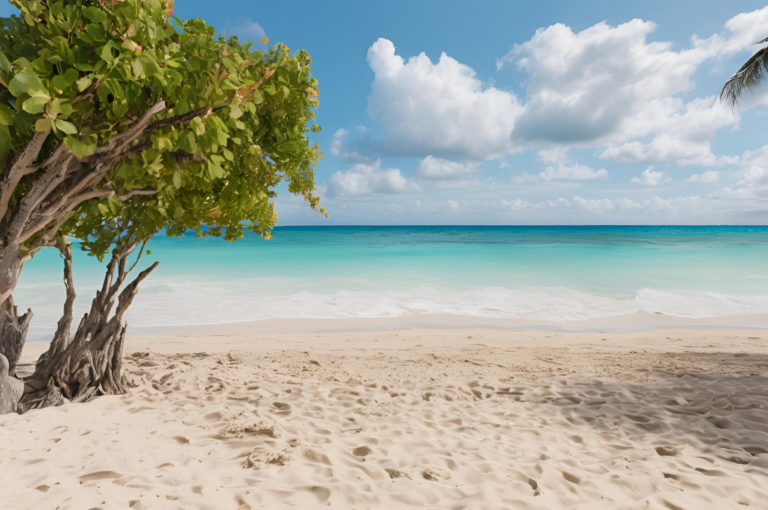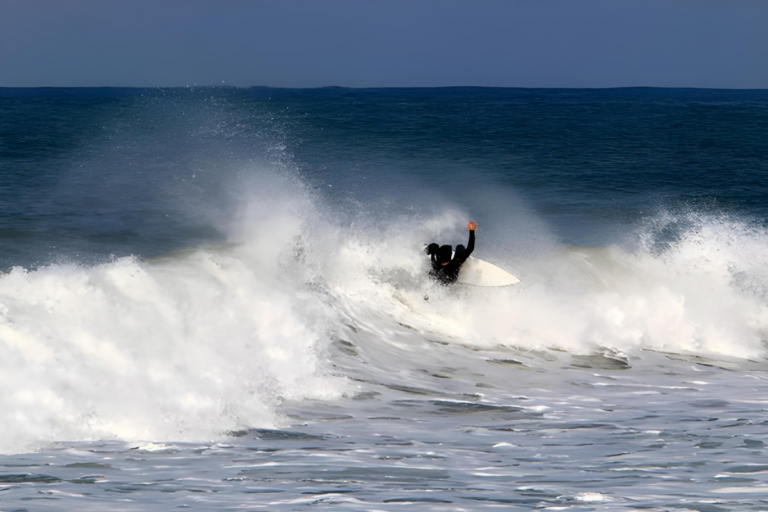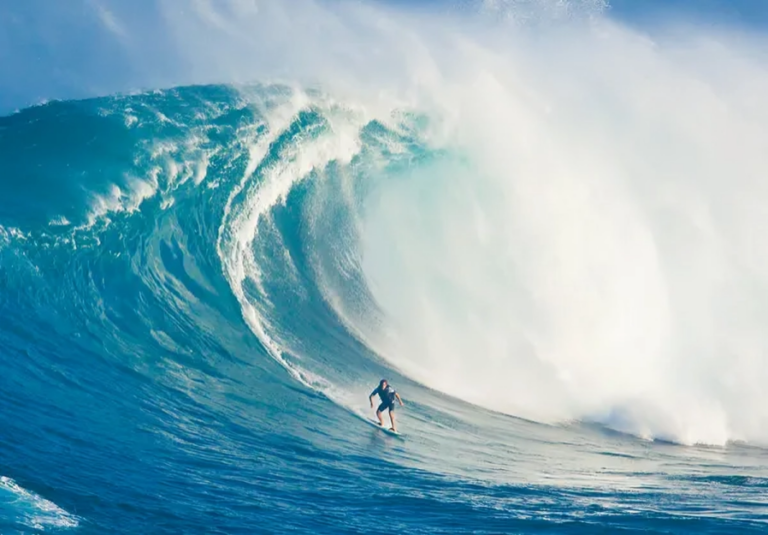The History of Surfing: A Journey Through Time
Surfing is not just a recreation activity but a way of life passion that has been enjoyed by many people from time immemorial. Rooted in the South Pacific around 3,000 years ago and growing with widespread popularity in the 20th century, surfing has a long and passionate past.
By continuation of this article, we will unveil the story of surfing and how it developed from its humble beginnings to become a favorite recreational activity as well as a professional sport.
Ancient Polynesian Origins of Surfing
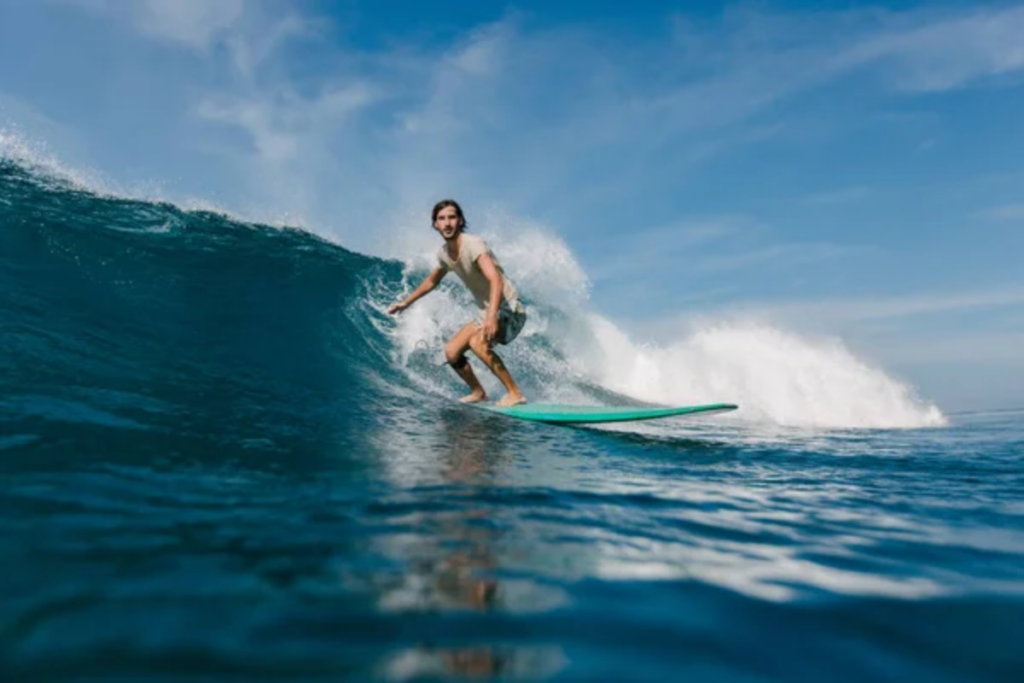
For these reasons, the roots of surfing can be traced to Polynesia where it was not merely a sport but a way of life, a form of spiritual expression, and a tradition. Surfing may have originated as early as 2 000 years ago when the Polynesians started their voyage across the Pacific and discovered Hawaii, as well as Tahiti, and several other beautiful islands.
These early seafaring people are still natural watermen with riding waves as a skill and tradition inherited from their forefathers.
Surfing had a humble beginning in ancient Hawaii where it was referred to as ‘he’e nalu,’ which can be translated to ‘wave sliding’. This was not simply entertainment; it was a defining aspect of life in Hawaii.
The best surfers were the chiefs and royalties and it was seen as indication of prowess, or leadership, might and power. Surfing contests existed, and it was not out of the ordinary for two surfers to challenge each other or duel on the waves. Long and heavy boards and the biggest waves were seen as signs of status and accomplishment.
Boards which were utilized during this period were comparatively broader and denser as compared to the boards that are currently employed. The chiefs used longer boards called ‘olo commonly measuring up to 18 feet long while the ordinary people used ‘alaia.
This was done through preparing a new board out of a special tree, which was followed by a ritual dedicated to the gods so that Hawaiians had a strong relationship with the sea.
The Decline of Surfing in the 19th Century
Surfing has always been a popular sport in Hawaii until the Europeans that brought their version of civilization and religion in the early nineteenth century. The misconception stems from the perception that missionaries had towards surfing, regarding it as mere frivolous activity that would deter the native Hawaiians from their proper religious activities.
As Hawaii embraced the Western way of life, politics, and religion, many of the indigenous Hawaiian activities such as surf riding were either prohibited or looked down upon.
Furthermore, devastating diseases spread by the western had a toll on the native Hawaiians, and the sophisticated manner in which the Hawaiians lived changed their preference of surfing as well. As for the native custom of surfing, it seemed to have died out almost completely by the late nineteenth century.
The Revival of Surfing in the Early 20th Century
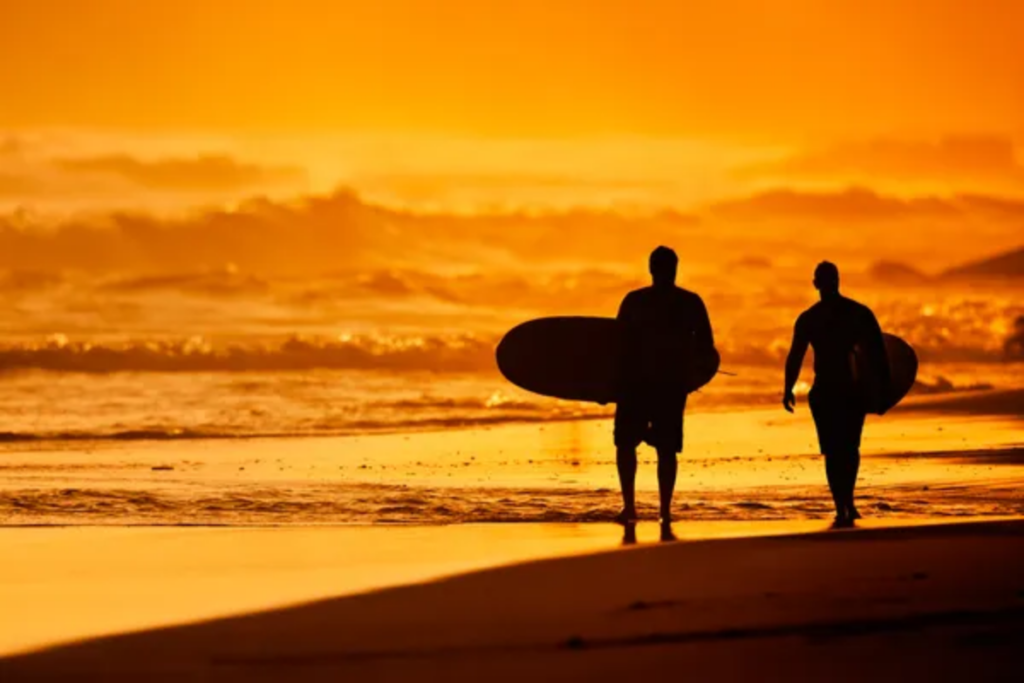
Through travel accounts and the experiences of missionaries and beachcombers, surfing lay dormant in the late 19th and early 20th centuries; however, a revived interest in all things Hawaiian and a few dedicated pioneers helped bring the sport back to life.
Regarding the history of surfing revival, one of the most pivotal characters worth mentioning being Duke Kahanamoku, a native Hawaiian, who not only was an Olympic swimmer but also an envoy of surfing.
Duke popularized surfing as the “Father of Modern surfing” and is credited for taking Hawaiian surfing to the rest of the world by taking it along with him during his world tours.
Legend has it that Duke Kahanamoku was responsible for the promotion of surfing beyond Hawaii’s shores. His performances in such locations as Sydney Australia and Southern portions of California in early part of this century led to focusing attention on the sport and consequently popularizing wave riding round the globe.
Duke is credited for popularizing surfing and this spread to other regions including the coasts of California and Australia to generate the current type of surf culture.
Currently, the sport was revitalized by another poster boy George Freeth who is acknowledged as the first professional surfer. Performing in Southern California, Freeth contributed significantly toward popularizing surfing and its rightful place in the young American coastal culture.
The Birth of Modern Surf Culture
Finally, by the mid of the twentieth century surfing had evolved not just as the Hawaiian pastime but as the culture of the entire world. In the 1950s and 1960s, there emerged what is currently referred to as the surf culture especially in regions such as California and Australia.
Surfing changed from just a sport where individuals rode on waves to fashion, music and even the surfer lifestyle.
Technological Advances in Surfboard Design
- Early surfboards were made of heavy woods like koa and redwood, making them difficult to maneuver.
- In the 1950s, polyurethane and fiberglass boards revolutionized surfing by making boards lighter and faster.
- The introduction of shortboards in the 1960s allowed for more aggressive and acrobatic styles of surfing, changing the sport’s dynamic.
- Modern surfboard designs continue to evolve with advanced materials like carbon fiber and epoxy, further enhancing performance.
Hollywood and the Media’s Influence
- Movies like Gidget (1959) and The Endless Summer (1966) brought surfing into mainstream media.
- Surfing-inspired music from bands like The Beach Boys further cemented the sport’s place in popular culture.
- Surf fashion, such as board shorts and surf-inspired clothing, became trends in the 1960s and 1970s, spreading globally.
- Television shows and documentaries helped grow a worldwide fascination with the sport.
Competitive Surfing and the Rise of the World Surf League
With surfing gaining popularity around the world the need for competitions increased as well. Post war surfing events can trace their evolution to the organized modern surfing competitions that began in the 1960s with the World Surfing Championships that began in 1964 in Manly Beach Australia. Over the years however, competition surfing developed with the creation of professional surfing circuits.
Key Milestones in Competitive Surfing
- 1928: The first recorded surfing contest was held in Corona del Mar, California.
- 1964: The inaugural World Surfing Championships put competitive surfing on the map.
- 1976: The International Professional Surfers (IPS) tour was founded, which later became the World Surf League (WSL).
- 2020: Surfing made its Olympic debut at the Tokyo Olympics, showcasing the sport on a global stage.
Famous Surfing Icons
- Duke Kahanamoku: Credited with reviving and spreading modern surfing.
- Kelly Slater: A world champion with 11 titles, considered one of the greatest surfers of all time.
- Tom Curren: A three-time world champion who helped elevate professional surfing.
- Lisa Andersen: A pioneering female surfer with four world titles, inspiring future generations of women in the sport.
Surfing Today: A Global Phenomenon
Surfing in the 21st century is available in all parts of the world and has become an accessible mode of transportation. It could be practiced in the sunny shores of California and Australia or in relatively less conventional waves of Iceland and Norway by millions.
Global Surfing Hotspots
- Hawaii: Considered the birthplace of surfing, with iconic spots like Waimea Bay and Pipeline.
- California: Home to legendary breaks like Malibu and Huntington Beach, California remains a hub for surf culture.
- Australia: Known for world-class surf spots like Bells Beach and the Gold Coast, Australia has a strong surf legacy.
- Indonesia: With its consistent waves and stunning scenery, Bali and other Indonesian islands attract surfers from all over the world.
Environmental and Cultural Impact
- Surfers have become advocates for ocean conservation, with groups like the Surfrider Foundation fighting against beach pollution.
- Surf travel has boosted local economies in surf destinations, turning once-remote areas into thriving tourist hubs.
- The inclusion of surfing in the Olympics has brought the sport into new territories, encouraging a wider range of people to take up the sport.
Conclusion
From its ancient Polynesian roots to its status as a global phenomenon, the history of surfing is one of cultural significance, technological evolution, and passion for the waves.
Today, surfing continues to inspire new generations, combining sport, art, and environmental awareness into one exhilarating lifestyle.
Whether you’re a seasoned professional or just starting out, surfing offers a unique connection to nature and a sense of freedom that remains timeless.
For more on the historical significance of surfing, you can visit the Surfing Heritage and Culture Center, an excellent resource for enthusiasts and historians alike.
